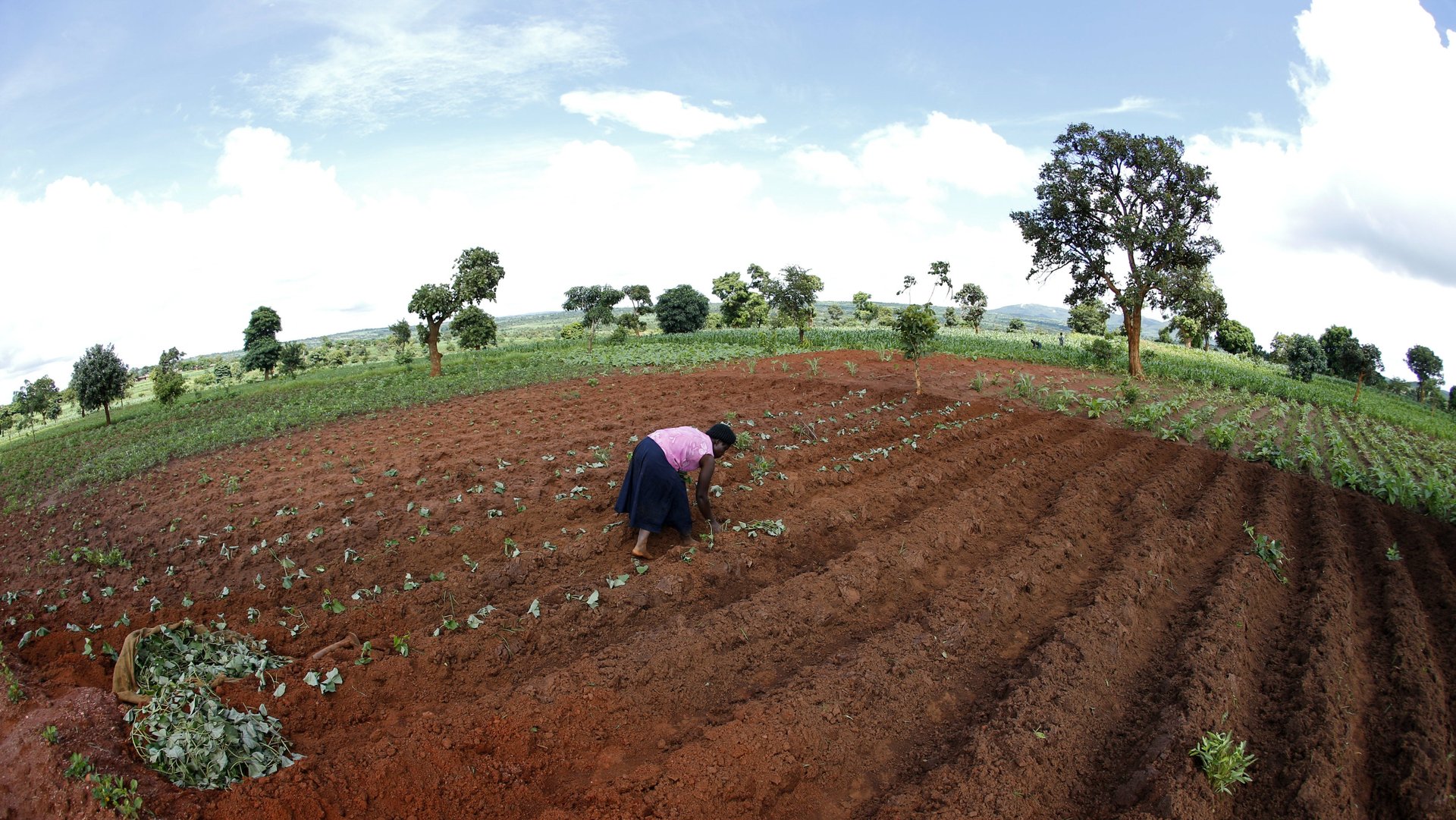Charted: The harsh impact of El Niño on East and southern Africa’s food supply
For farmers in southern and East Africa, April, the start of the harvest season, will have seen them confront a difficult reality—the lowest cereal production levels in years. This is a result of the most extreme El Niño impact in 75 years as the weather phenomenon, the result of climate cycles in the Pacific Ocean has resulted in droughts across most of the region.


For farmers in southern and East Africa, April, the start of the harvest season, will have seen them confront a difficult reality—the lowest cereal production levels in years. This is a result of the most extreme El Niño impact in 75 years as the weather phenomenon, the result of climate cycles in the Pacific Ocean has resulted in droughts across most of the region.
The effect on agriculture and the drop in cereal production levels is crucial as locally harvested grains constitute a major part of food supply in the regions. Malawi, with 2.8 million people potentially at risk of hunger, has declared a food emergency. Similarly, Zimbabwe has announced it will spend $200 million on food imports to assuage the dip in local grain production.
Ethiopia, where output of cereal has dropped by as much 75%, is now desperately seeking donor aid to make up the shortfall to mitigate the threat of famine for millions in Africa’s second most populous country.
To make up for the shortfall, Ethiopia projects that its emergency aid need is around $1.4 billion. But Ethiopia is not alone as other affected countries now desperately seek donor aid to fund food imports.
While the effects of El Niño have had dire effects on jobs and income for farmers in East and southern Africa, another offshoot of the shortages has been a spike in grain prices. Owing to scarcity, corn prices have doubled since last year in some parts of South Africa.
Regionally, the effect of El Nino has most affected East and southern Africa adversely. In southern Africa, cereal production levels are projected to fall to the lowest levels in four years (pdf).
The sudden scramble for aid and cash for food imports by affected nations is perhaps the latest testament to a general lack of planning and proactive thinking in African leadership. As Quartz reported last month, signs of a possible escalation to high levels of hunger have been “coming for at least six months.”